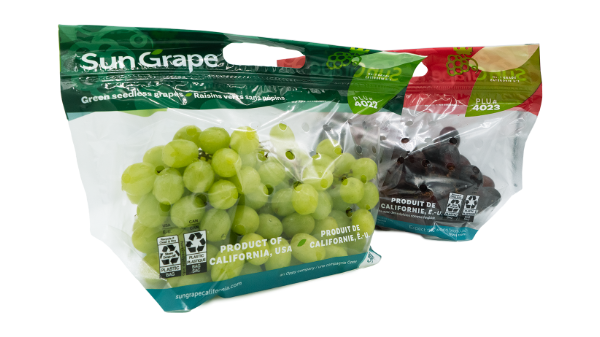Welcome to Blue Book!
Are you ready to join the thousands of companies who rely on Blue Book to drive smarter decisions? View our plans and get started today!
Still have questions? We’d love to show you what Blue Book can do for you. Drop us a line– we’ve been waiting for you.
And then there was the work stoppage at the ports due to labor contracts. “The West Coast port slowdown severely affected the ability to move volumes offshore during the critical late fall and early winter export shipping season,” Lyons recalls, and this is seconded by a number of suppliers, including Henze, who also cited overproduction—like the record-breaking supply in 2014 where every variable went well, too well—putting too much fruit on the market, vying for too little shelf space or room in shoppers’ grocery carts.
Since then, others suppliers have dealt with the opposite—not enough supply—at critical times. “Product always becomes tight between the end of the school year and prior to new crop harvest, so we have to make numerous pickups on trucks, which can significantly affect freight rates,” comments Pacificpro’s Hartmann.
To help alleviate these problems, Hartmann has high hopes for a new crossdocking service and facility recently opened in Wapato, that will have the ability to “handle local haul consolidations from every warehouse in the Yakima valley.”
Comparing seasonal weather patterns
Last summer’s rather extreme heat in Washington caused a few problems too. Kyle Sager, in sales at Washington Fruit & Produce Company, Inc., headquartered in Yakima, says the weather “impacted overall condition and the relative storability of apples across the board.”
Last season turned out to be one of Washington’s driest on record, with 85 percent of the state deemed as “extreme drought” status due to high temperatures that reduced snowpack and stream flow statewide. Higher than average spring temperatures can have a rather profound impact on the future crop.
“We expect to see more volume this year, and cleaner fruit,” shares Hartmann. “Last year, we had a very large crop, however, a high percentage was lost at the time of packing due to quality issues—primarily from the extreme heat during last season’s growing months. We expect this season to be much cleaner with substantially less shrink.”
Fortunately, this season is shaping up very nicely. “Summer came early,” comments Hartmann. “We had some high temperatures in April and May, which made for nice bloom and early pollination. It then cooled off and has been mild through the growing months, with warm days and cool nights.”
Sally Symms, in sales for Caldwell, ID-based Symms Fruit Ranch, Inc., agrees.
“We should have really good conditions and higher production than last year. Apples prefer a warm summer, but not too hot.”
“When temperatures spike over 100 degrees it affects growing, and that only happened a few days this year,” Symms says, adding, “the 80 to 95-degree range and cool temperature swings at night are ideal. Warm days increase sugar and cool nights increase acidity for balanced flavor.”
Image sources are either licensed or customer-provided.






